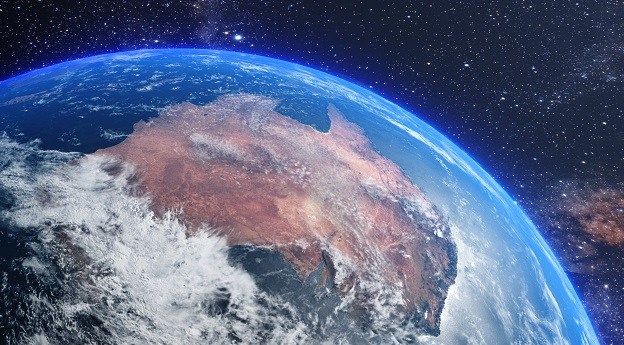
The location of the 7.2 magnitude quake in the Banda Sea. Image: Geoscience Australia.
Darwin is assessing the extent of the damage after a 7.2 magnitude earthquake north of Timor Leste shook buildings and forced evacuations in the CBD on Monday.
The quake struck just before midday at local time on Monday, around 700 kilometres north of Darwin, at a depth of 207 kilometres.
Workers were hurried out of tall buildings in Darwin’s centre as powerful tremors caused structures throughout the city to shake, shifting furniture and cracking walls.
Significant earth tremor rocks Darwin for several minutes. The ATWS reports a 7.2 magnitude earthquake was recorded at 12.03pm in the Banda Sea @9NewsDarwin @9NewsAUS pic.twitter.com/YlYX3Fbt0V
— Kathleen Gazzola (@kathleengazzola) June 24, 2019
Darwin residents told the ABC that they felt the stairwell ‘rocking from side to side’, and the tremor threw all their kitchen drawers open.
Mark Quigley, associate professor of earthquake science at the University of Melbourne, said that seismic events such as Monday’s typically do not generate tsunamis.
“The deep location (200 kilometres) and steep geometry of the rupture plane suggest this was probably an intra-slab earthquake associated with tearing and differential strike-slip movement of the subducting Australian Plate beneath the Indonesian region,” he said.
Such deep, strike-slip events tend not to generate large tsunamis. However, the seismic waves generated from these sorts of earthquakes tend to travel quite efficiently through the Australian plate, which results in significant shaking in places like Darwin. This is particularly the case for longer period shaking, which tends to most strong affect taller multi-story buildings.”
Geoscience Australia’s Earthquakes@GA tool has publicly available, detailed data on Monday’s quake available online.
Paul Somerville, chief geoscientist at Risk Frontiers, said that ground motion data would have been helpful to inform building standards for resilience in northern Australia.
“Unfortunately, it appears that we have missed an opportunity to have recorded the ground motions in these buildings. Without such recordings, we can only guess at the level of ground motion that they experienced,” he said.
We need recordings so that we are better able to estimate the ground shaking levels that should be used in northern Australia to design buildings and infrastructure to withstand large earthquakes in Indonesia.”
Stay up to date by getting stories like this delivered to your mailbox.
Sign up to receive our free weekly Spatial Source newsletter.













